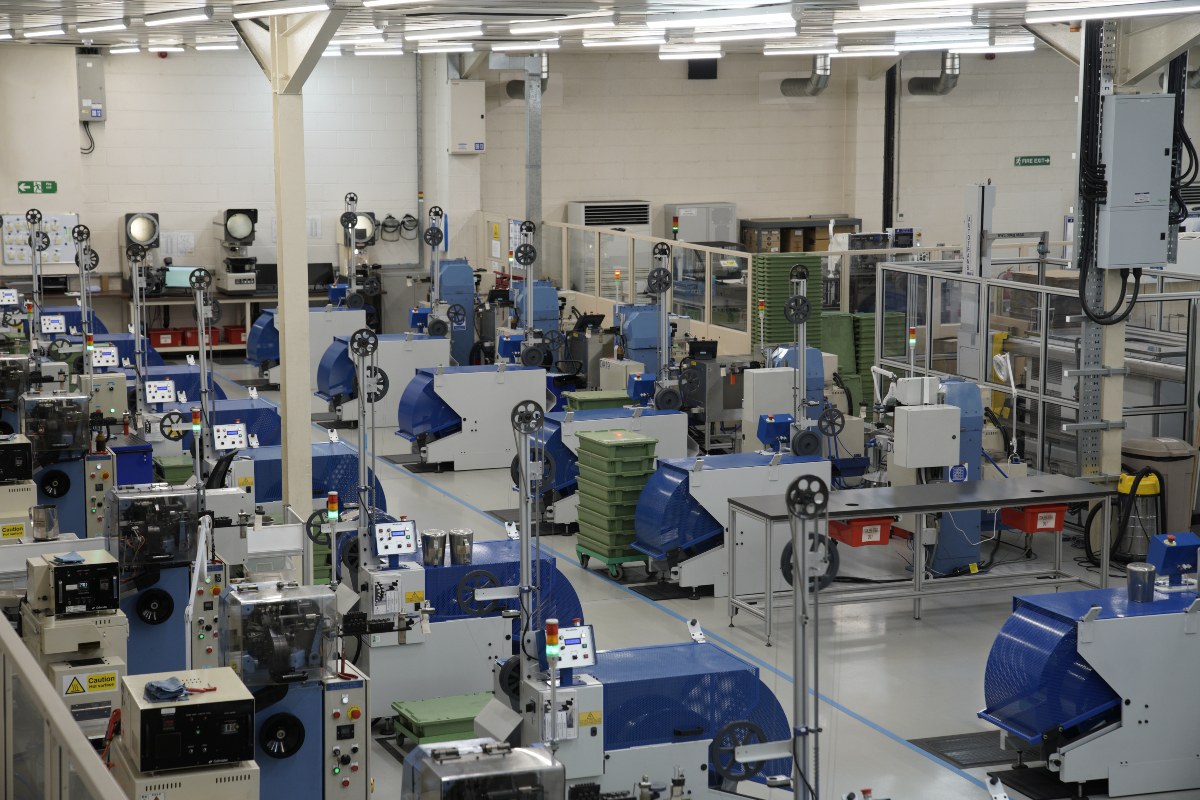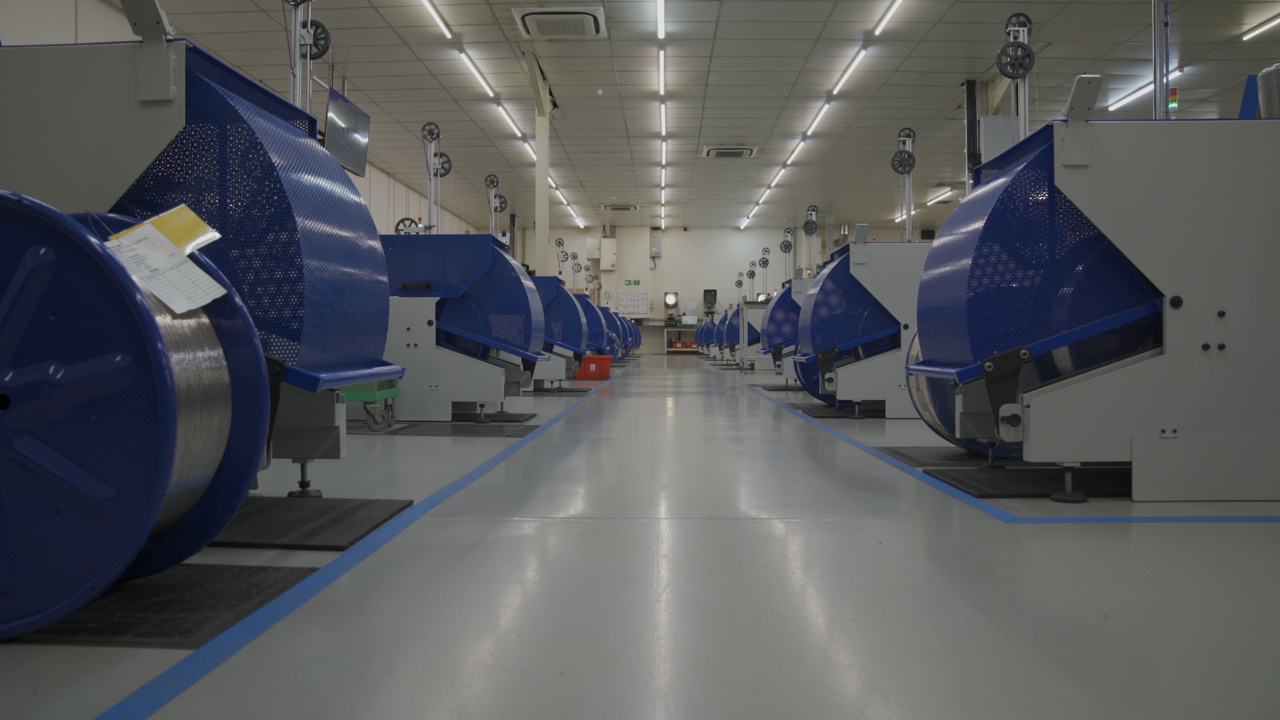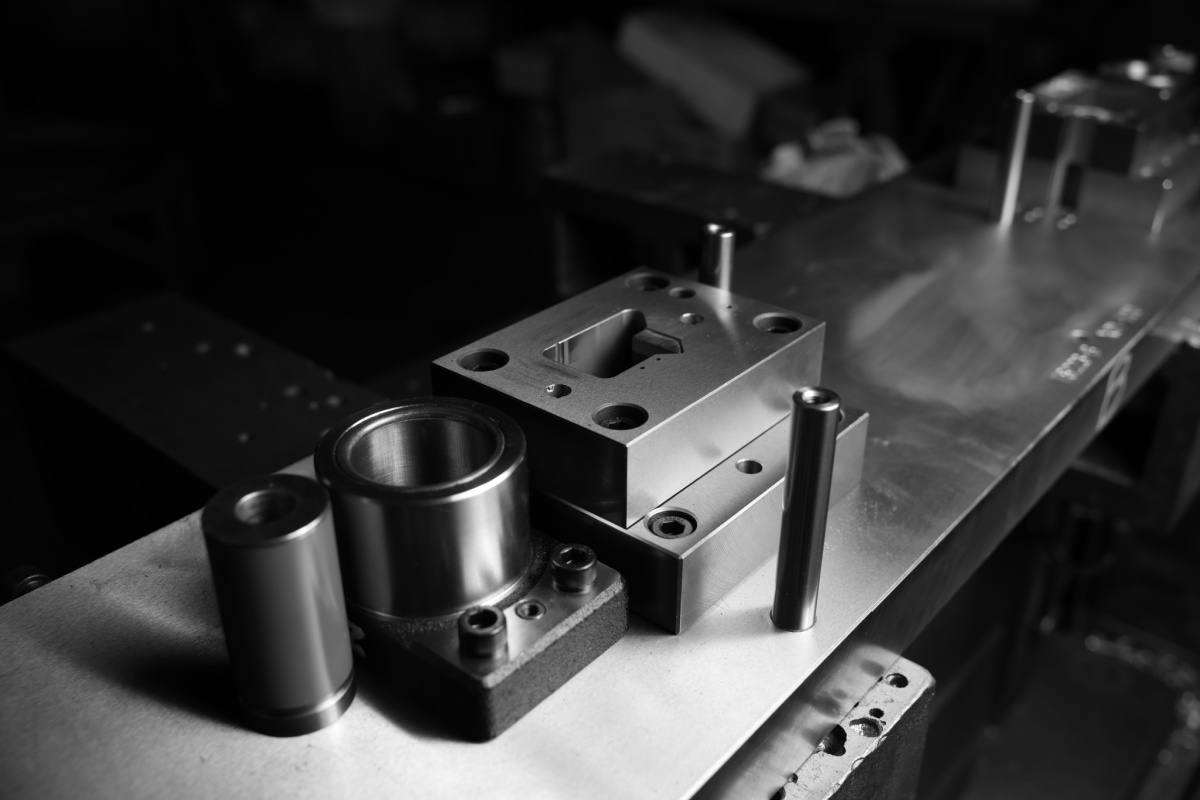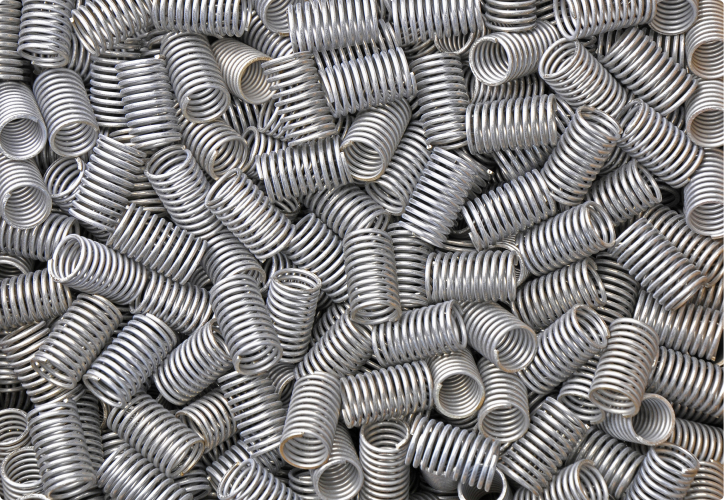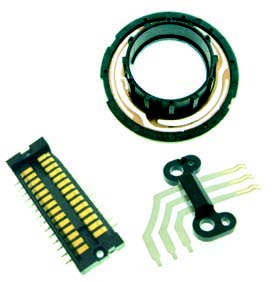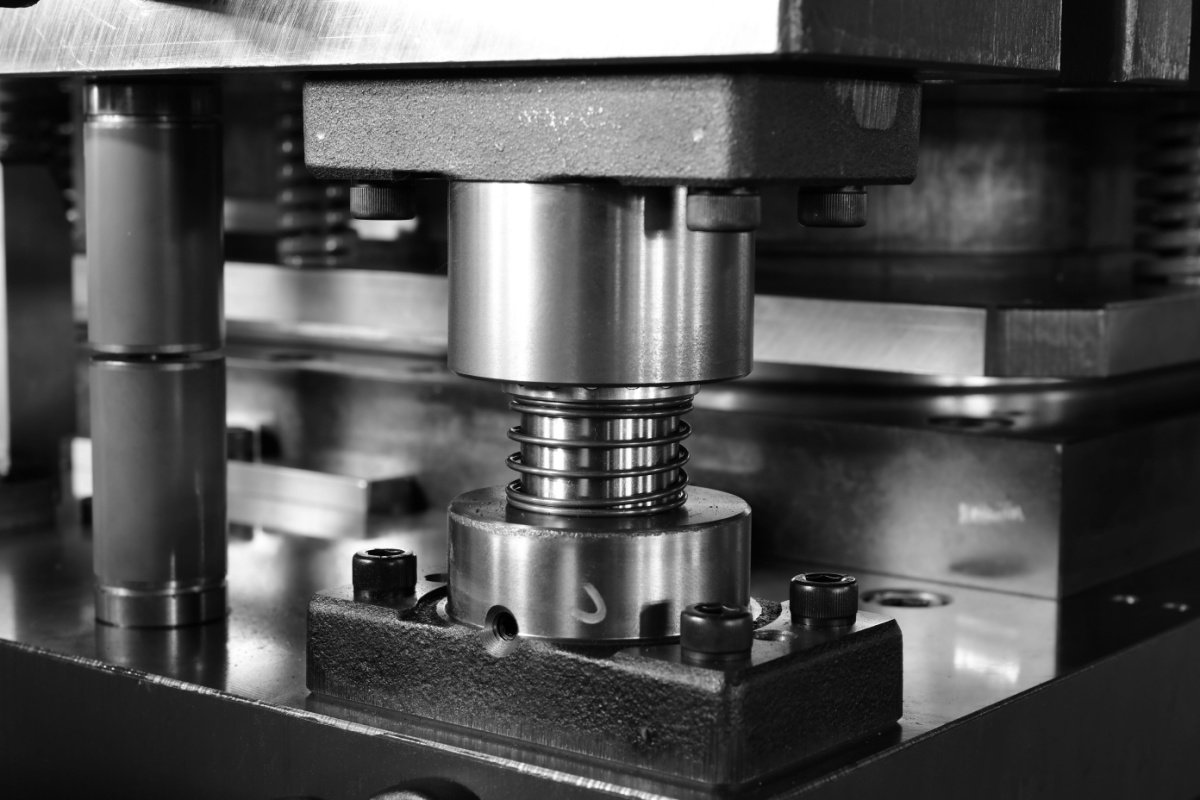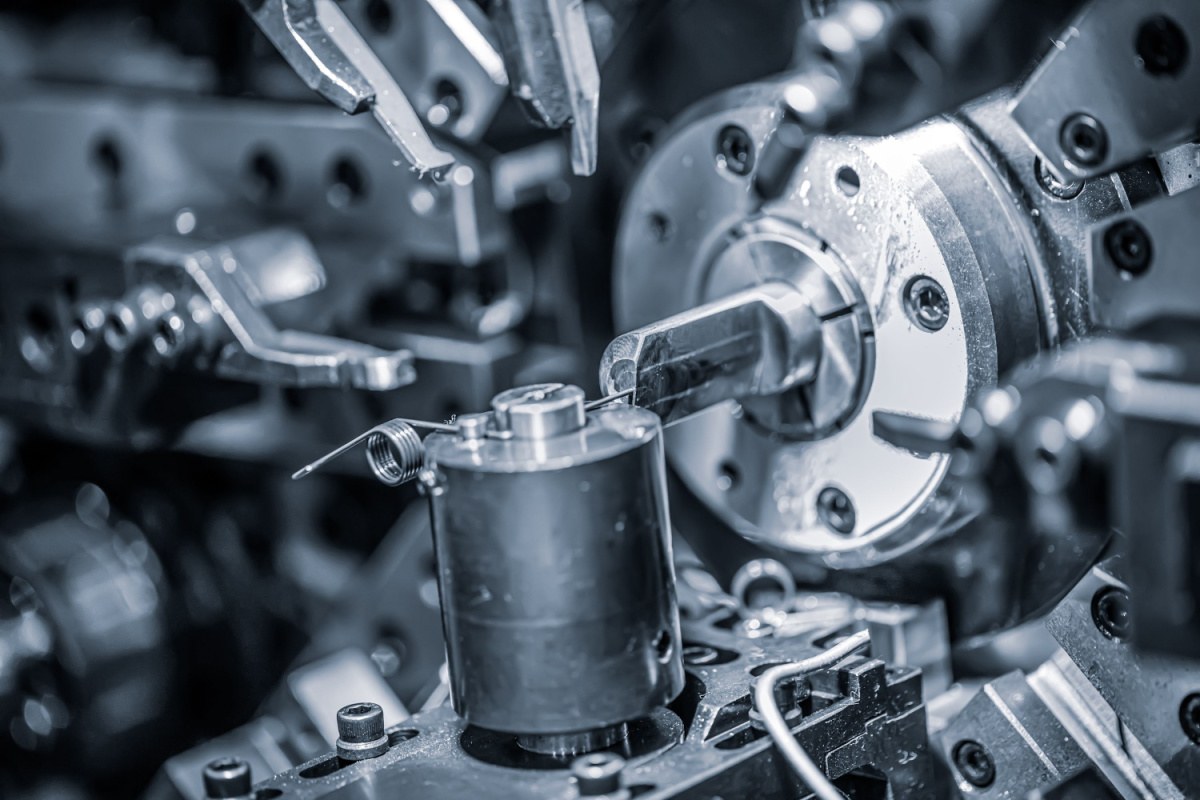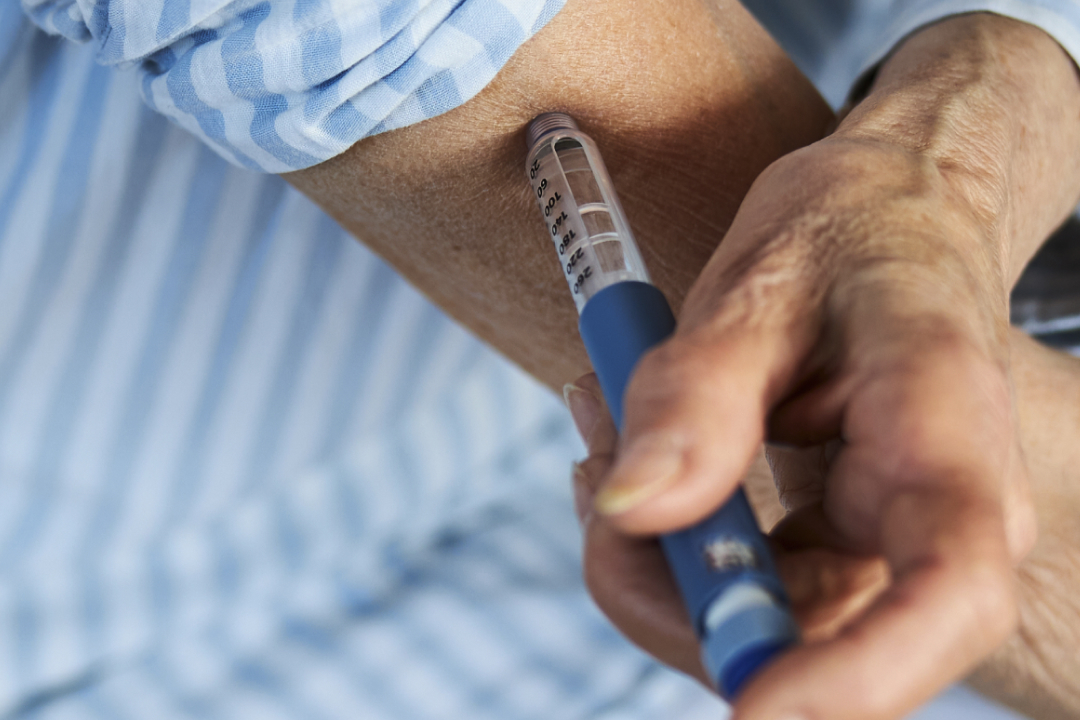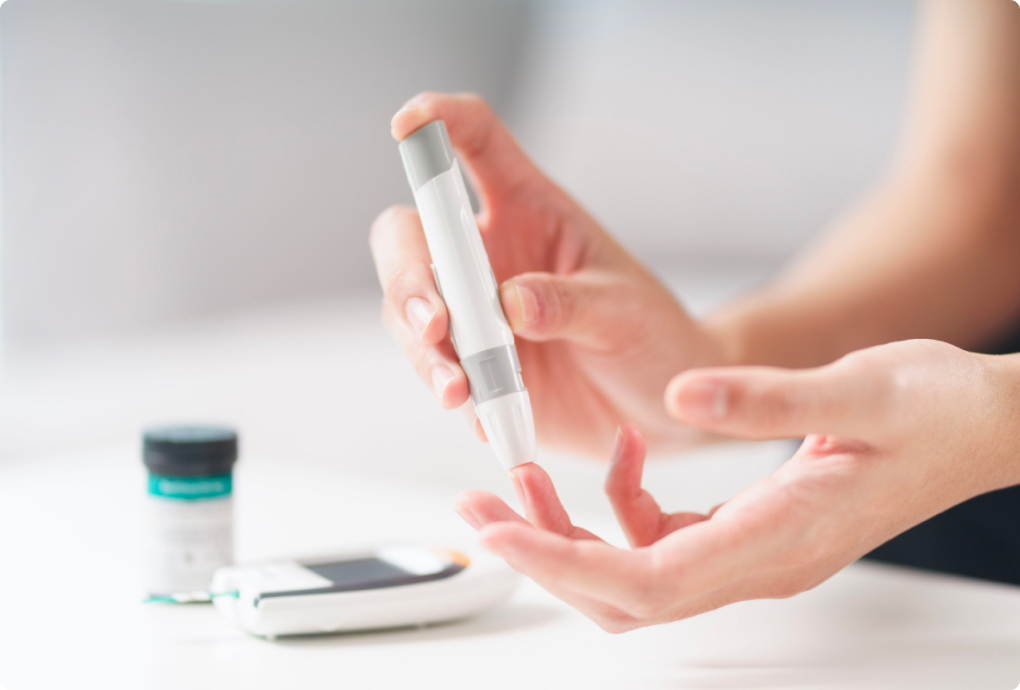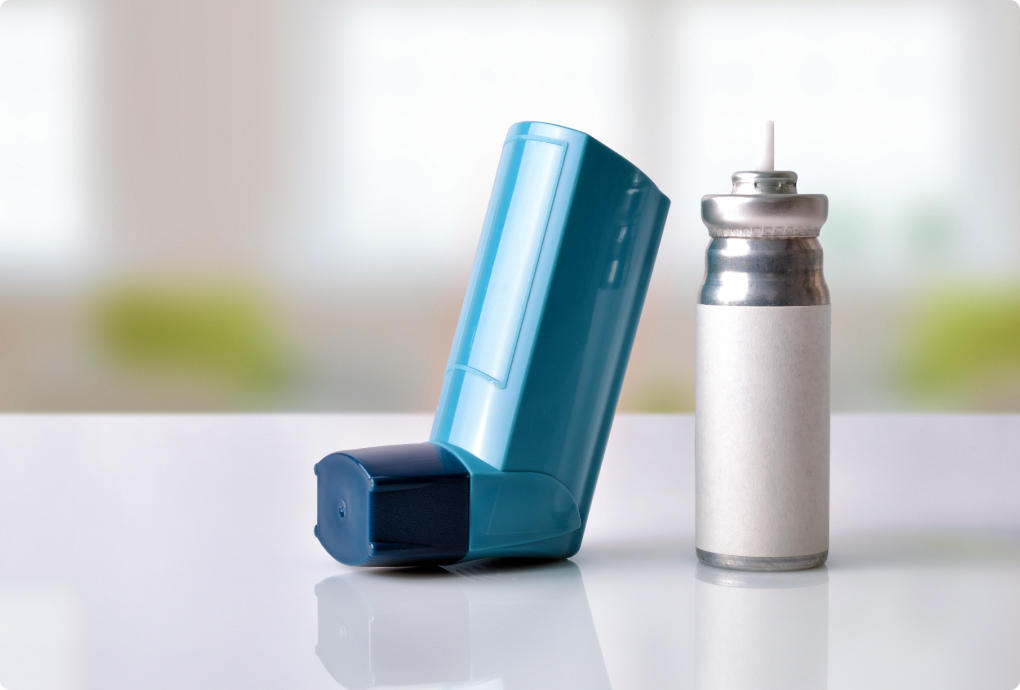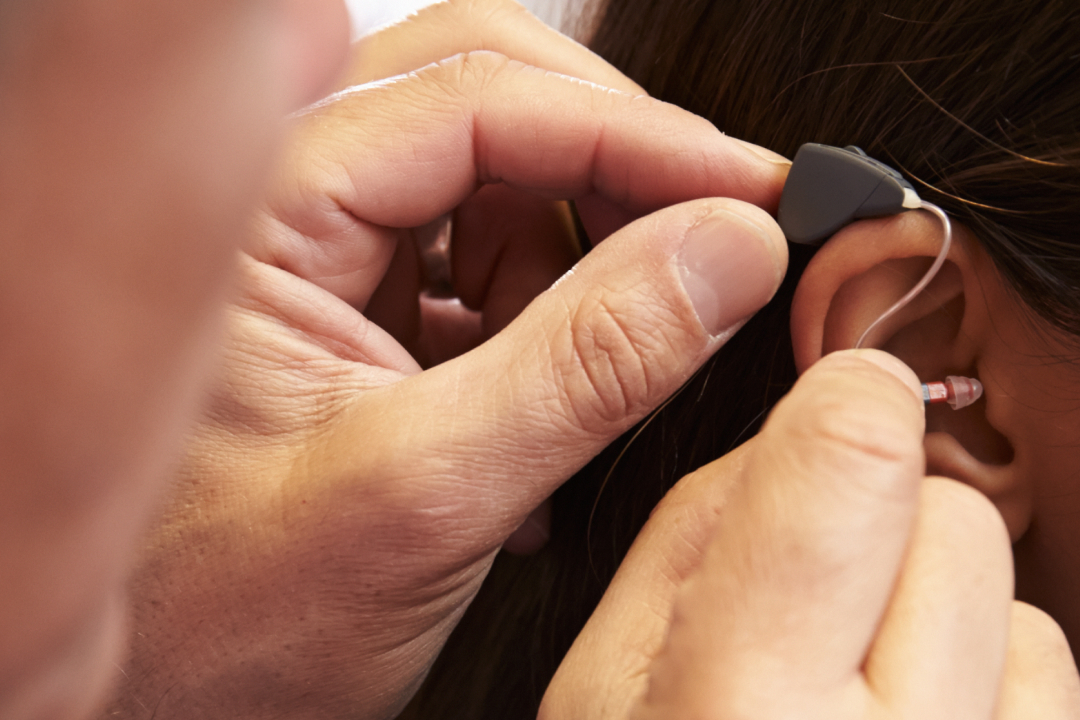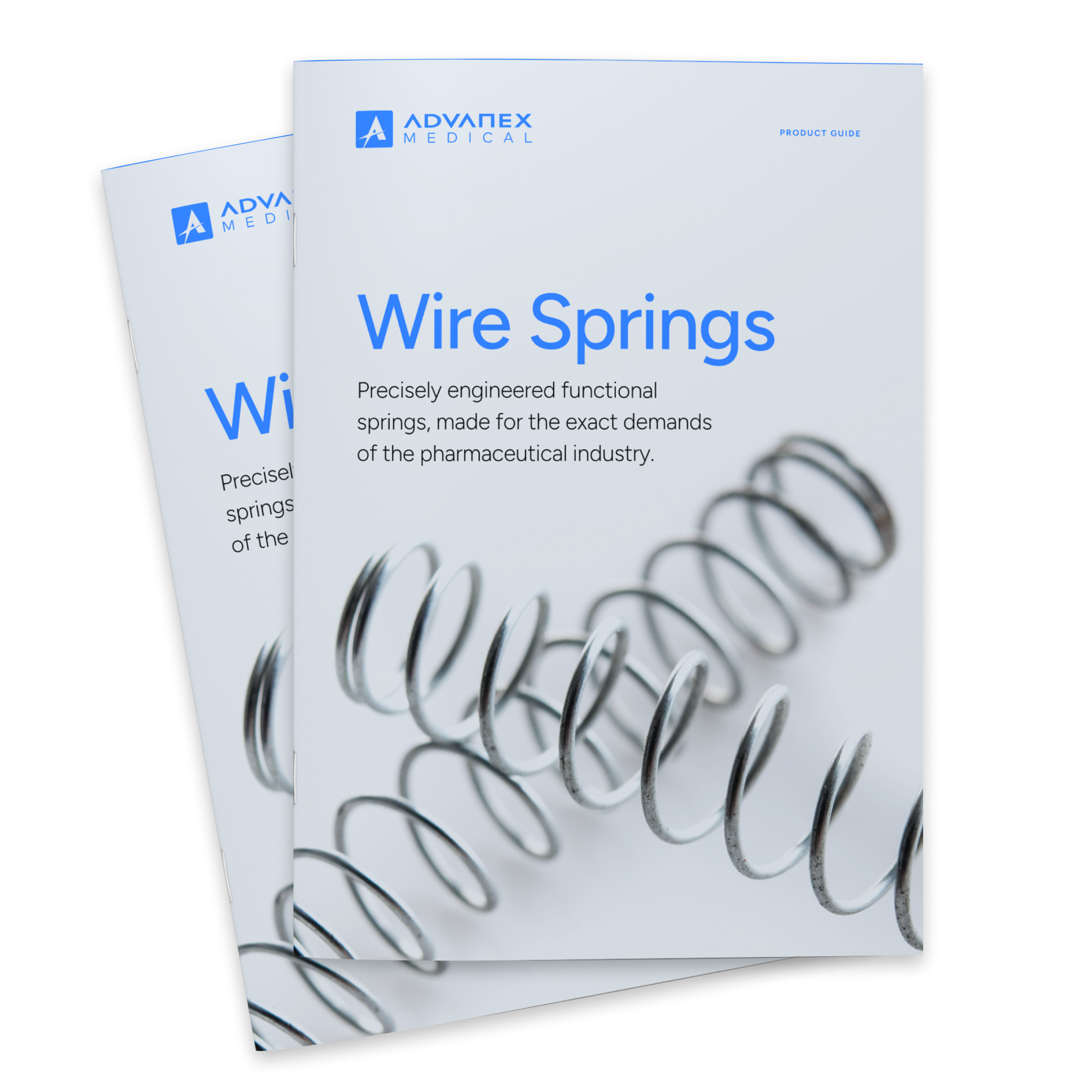The fatigue life of springs determines their long-term reliability to actuate with a desired amount of force before they need to be repaired or replaced.
For medical devices, this aspect is extremely important as a fatigued spring has a reduced amount of force and can lead to devices failing to operate. This will inevitably result in failing verification tests, sending you back to the start of the design cycle.
In this article, we unpack the specific design elements that impact the fatigue life of medical springs. Then, we highlight the importance of matching these elements to your specific design to balance functionality and spring lifespan.
What design factors of medical springs influence their fatigue life?
Spring index
Spring index is the relationship between a spring’s outer diameter and wire diameter. A lower spring index provides increased stiffness and reduced weight. On the other hand, a high index showcases enhanced flexibility and load capacity. In terms of fatigue life, a higher index is beneficial as it increases the spring’s strength and resistance to load stress over continuous actuations.
For medical devices, an index of 7-10 is a good range. This is to limit the amount of aforementioned stress caused by having an index on the lower end. However, an index past 10 can lead to assembly complications tied to coil entanglement and requires more space to house within designs. Balancing the spring index for your specific design is crucial for maintaining compact devices whilst maximising lifespan and functionality.
Coil activity
An active coil is one that stores and releases energy. On the other hand, an inactive or dead coil is one that is compressed against another and cannot store or release energy. The greater the number of dead coils you have in a spring during actuation, the greater the fatigue stress on the coils that are active. Simply put, you want more active coils to maximise your spring’s resistance to fatigue.
There are a number of methods to maximise coil activity in a spring. This includes adjusting the spring index, changing the thickness of the wire and/or choosing specific material compositions. There is a degree of unpredictability that comes with coil activity; every time a spring actuates, you cannot predict how each coil will perform. But by integrating a spring that suits the dimensions and needs of your design, you can maximise the likelihood of coil activity.
Material composition
The material composition of medical springs have a direct impact on their fatigue life. The mechanical properties of the material, such as elastic modulus and fatigue strength, determine the resistance of the spring to fatigue over long-term use.
Because of this, materials like stainless and carbon steel are often used for medical springs. They showcase good elasticity and fatigue strength to withstand repeated actuations without leading to permanent deformation.
The balance of medical spring fatigue life and device requirements
There is a fine balance between maximising spring lifespan through design and providing the desired features of a medical device, such as compact size and resistance to corrosive conditions. These desired features can sometimes overlap with fatigue life, leading to reduced lifespan for the sake of functionality.
- Corrosion resistance - Medical devices need innate corrosion resistance to have a long shelf-life. This can mean substituting fatigue resistant material compositions with corrosion resistant substitutes that are less effective at minimising fatigue.
- Miniaturised design - Many medical devices are designed to be compact, while delivering good performance. This can lead to a reduced spring index, increasing the impact of fatigue on the spring.
- Manufacturing - Lower spring indexes and harder material compositions such as steel are tougher on tools during manufacture. For the sake of manufacturing repeatability, some designs will call for softer materials and higher spring indexes as a result.
Integrate the perfect spring for your application with Advanex Medical
Fatigue life is a crucial factor when integrating the right medical spring for your device. To pass clinical trials and ensure long-term functionality, you need a spring solution that is resistant to fatigue whilst meeting your specific design requirements.
At Advanex Medical, we provide a range of spring types and compositions to help you integrate the perfect solution for your design. Our material compositions include steels, copper and nickel alloys, Titanium, Elgilloy, Hastelloy, Kanthal and others.
We use specialised manufacturing processes to provide the perfect spring index and features for your medical device. We also have a talented team of product design specialists to help you with all of your spring integration needs.
To find out more about our products or to get additional pricing information, contact a member of our team today.

